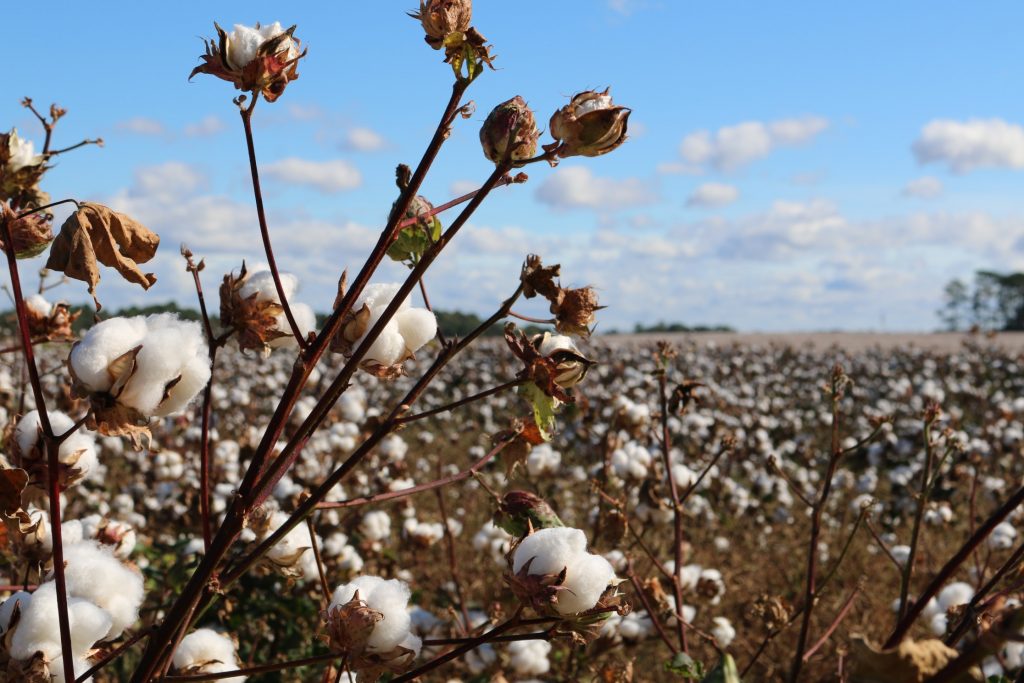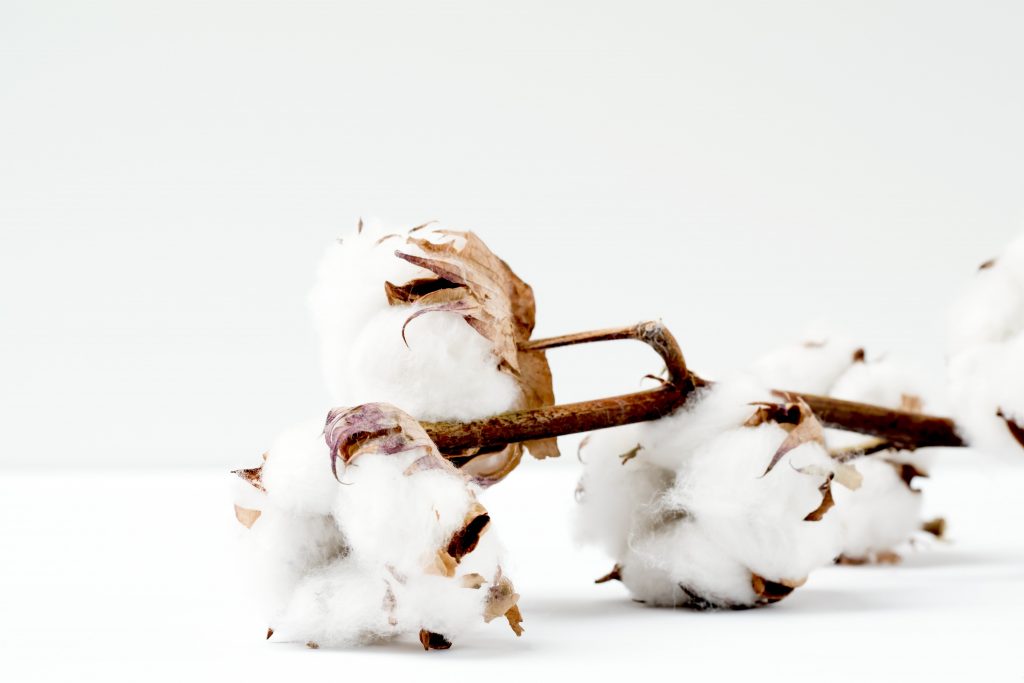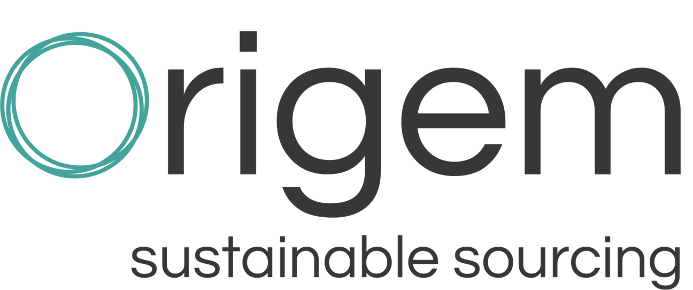Organic cotton use is on the rise
Cotton, a traditional raw material accounting for a quarter of the world fibre market in 2019, is the starting point for many sectoral sectors (fashion but also household linen, cosmetics, hygiene…).
Behind the idea of a natural raw material, however, lies a contrasting reality. Between the massive use of pesticides and insecticides, the use of GMOs and a strong demand for water, the environmental stakes linked to its production weigh heavily. Strong social pressure aggravates this situation, with cases of forced or child labour, major health risks for farmers, and the need for fairer remuneration.


In response to these challenges, alternatives to conventional cotton appeared, such as organic cotton. Guaranteed free of GMO seeds, chemical fertilisers and dangerous pesticides, its cultivation is, in most cases, rain-fed. Organic cotton thus respects the environment (soil health, biodiversity…), reduces local pressure on water resources and preserves the health of workers.
In the last season (2017/2018), world production of organic cotton increased by 56% to 181,000 tonnes, a record over the last 8 years. This trend is expected to continue in the coming years to meet the growing demand from buyers.
Increasingly stringent production conditions
We reported last week that GOTS certification was recording its highest growth rate in 2019. Developed and published for the first time in 2008, this certification applies to textiles made from all natural, vegetable or animal, fibres; and provides guarantees on the production method of the fibres but also on the stages of fibre processing (weaving, dyeing and finishing).
Version 6.0 of the standard was officially released on March 19th, 3 years after the launch of the previous version. It will come into force next year, on 1 March 2021.
The changes made concern not only the reinforcement of existing requirements (extended list of prohibited substances, thresholds for more restrictive restricted substances) but also the addition of a dozen new sections. These updates deal with chemical risk management, social rights (integrity, safety, equity…), the GMO issue and even address the notion of animal welfare.
It should be noted, however, that the issue of GMOs represents a major step forward, since it concerns the introduction of a new recognised detection method to be used on unprocessed cotton (raw or grege), which will hopefully make it possible to overcome a certain number of problems observed to date in this area.


A new start?
It’s a fact, industries are changing and evolving. Now more than ever, the opportunity to reinvent your supply chains is being felt!
Whatever your level of progress on these subjects, we are here to support you in this journey. Together, let’s dare to map, compare, evaluate, prioritise, verify, build and share… to always bring you closer to your sources!




